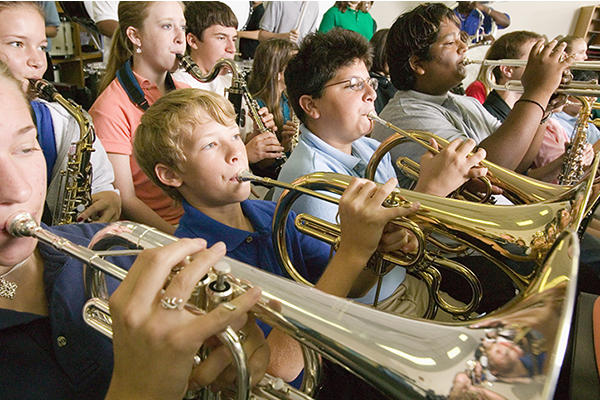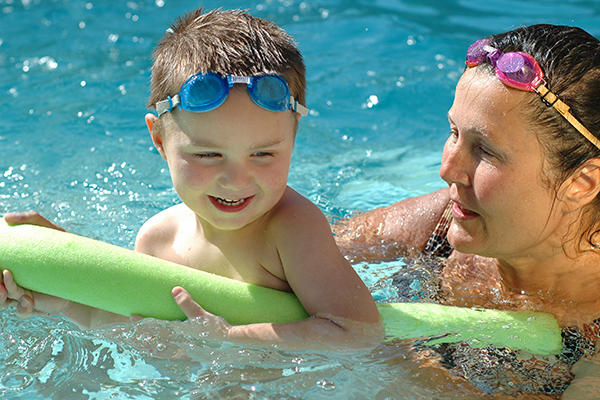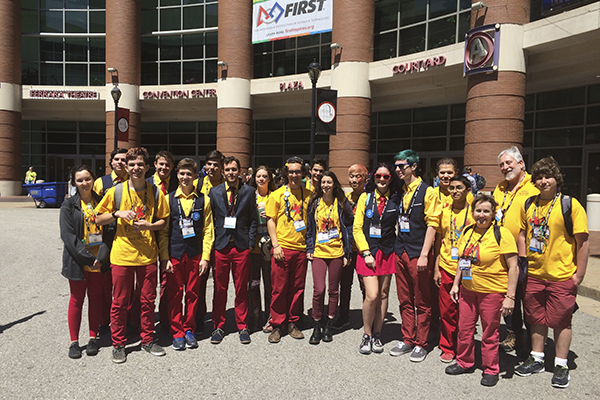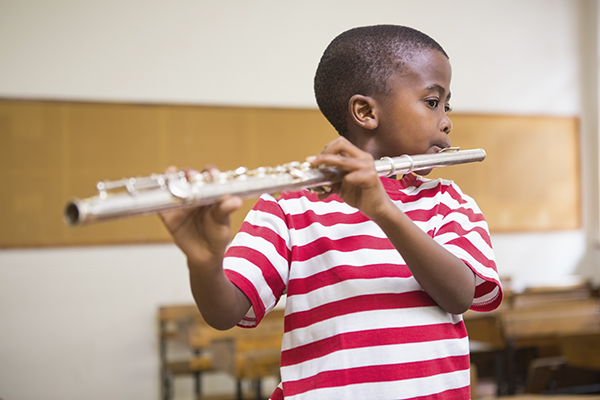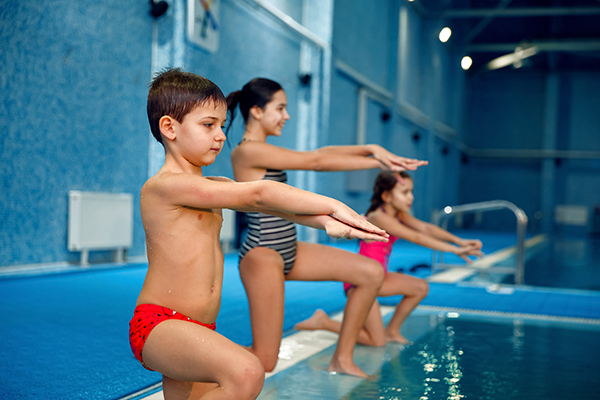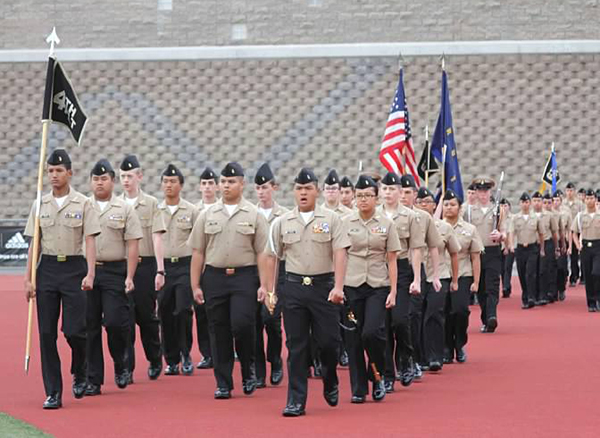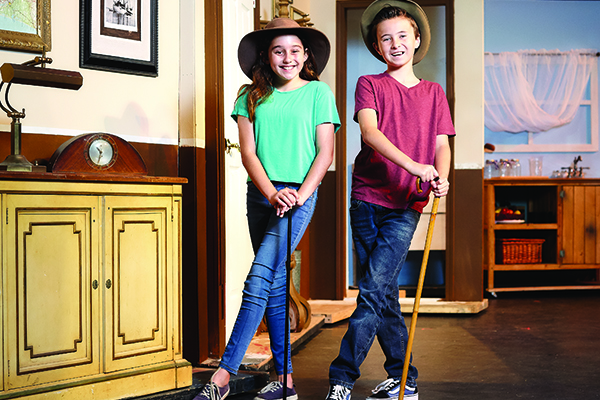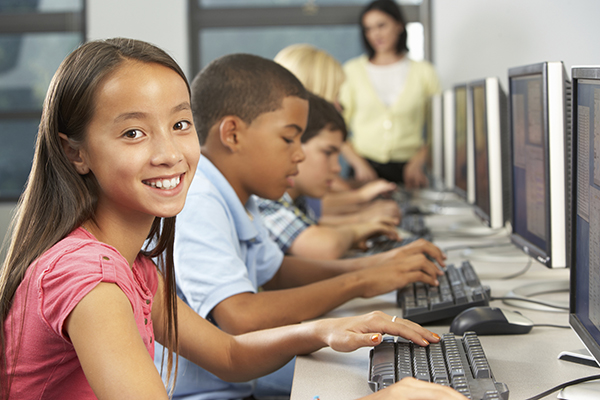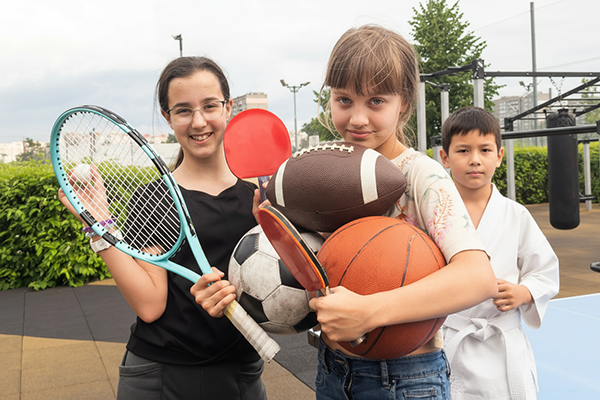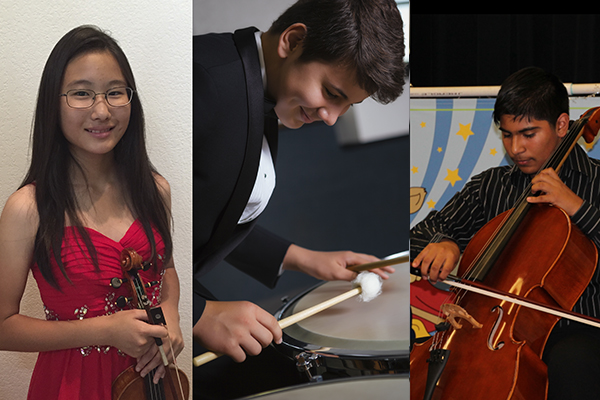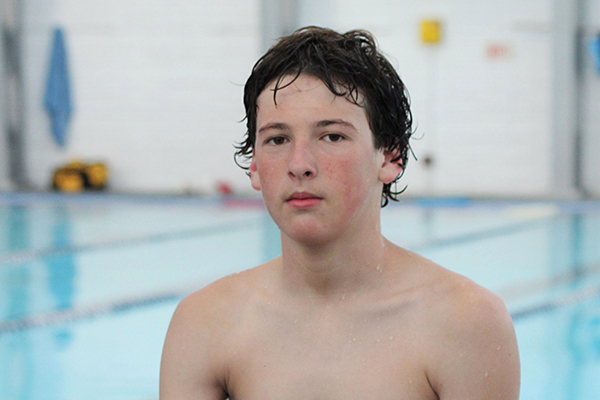
Coding has changed the way people live and interact with each other and plays a major role in the development of the world today. Whether you want directions to a nearby burger spot or want to watch Netflix movies on your phone, coding makes it possible. Coding enables tasks to be done faster, easier and more efficiently than human labor, but people are needed to learn and implement it. Not surprisingly, coding is one of the most demanded skills in the IT workplace and non-tech organizations today. Not only are many schools offering computer science and coding classes to kids, there are also a number of independent coding programs offered after school.
In addition to preparing for future careers, learning to code offers significant cognitive benefits that stick with kids into adulthood: critical thinking skills, creative problem-solving, paying attention to details and important lessons in teamwork.
What Exactly is Coding?
Coding translates instructions and processes into a computing language, which allows people to create apps, websites, video games, online shops and so much more. Coding is communication (words and phrases) for machines—it’s like learning a different language. Common coding languages include JavaScript, Python, SQL, PHP, Ruby, Java, Rust, Swift and Hack.
“Coding is how a person creates a set of instructions for a computer,” says Hansel Lynn, founder/CEO of The Coder School, which has three locations in San Diego County. “Anything that has a computer had a coder write instructions to tell it what to do. That includes smartphones, cars, TVs, even your refrigerator and alarm clock.”
Coding Builds Cognitive Skills
Sequential thinking and attention to detail are important life applications that help make well-rounded students. “For kids, learning to code isn’t about the actual technology or coding languages,” says Lynn, “Coding is about logic. To speak to a computer, you must give precise step-by-step instructions.”
Children love coding because it allows them to be creative, have fun and make content (versus consume it). To create something on a screen, like a game, involves logical thinking and problem solving. How do you make a tank game? First, you move the tank diagonally; then you work on firing. Kids are fascinated by how they can use code to change colors and graphics on the screen to whatever they choose.
“Problem solving and logic skills are required to code a game, but they are also required when kids plan an art project, build a model, or use adult skills such as making a schedule or even sales,” says Lynn.
Coding Offers Job or Career Support
When considering coding as an afterschool activity, many parents may assume it’s a gateway to computer science only, but coding is used in countless professional applications. Engineers, graphic designers, web developers, financial analysts and CEOs use coding, restaurants need coding to build websites, teachers can use it for grading, and more.
According to Lynn, students who pursue a computer science degree will be in high demand when they graduate because more and more jobs and people use computers for everyday working and living, but there are never enough people to code programs and apps. Kids can take all they have learned in coding and pursue a part-time job or full career with those skills (but only if they’re passionate about it).
Clearing Up Misconceptions {maybe something like green checkmarks instead of bullets to indicate that each of these things is true}
- Coding is more like writing than math. “Coding is an art form, not an equation,” says Lynn. “Someone can code 100 different ways with the same result.
- There is no “end date” to coding—there is always more to learn. Like writing, sports or music, coding is a lifelong journey of learning and crafting your skills.
- Kids don’t have to love math or be a gamer to enjoy coding. Coding is problem-solving that involves some multiplying and adding, but it’ not necessary to love math. It’s more important to be logical and capable of solving problems.
There are over 1.9 billion websites on the internet today, all powered by programming language. It is estimated that we can expect to see over 20 billion devices in use in the coming years. Kids who learn to code can be part of the future of creation while also learning vital critical thinking and practical life skills.
Megan Woolsey is a freelance writer living in Carlsbad with her husband, teenage triplets and their big sister.
Coding Games for Kids
Kids can practice coding at home with these products and games.

Code+Control Robo Dozr
Ages 8–14
www.Thamesandkosmos.com

Sphero indi Educational Robot
Student Kit
Ages 4–8
www.Sphero.com

Andy: The Code & Play Robot
Ages 4+
www.ThamesandKosmos.com

Switcheroo Coding Crew
Ages 4–7
www.LearningResources.com
_____________


